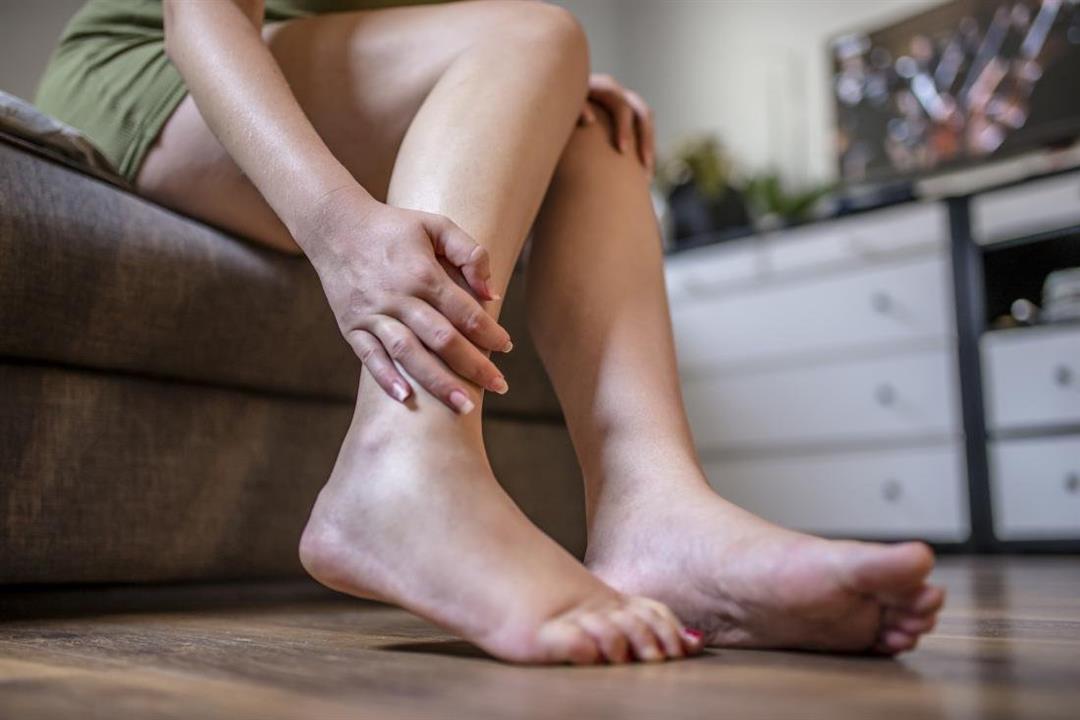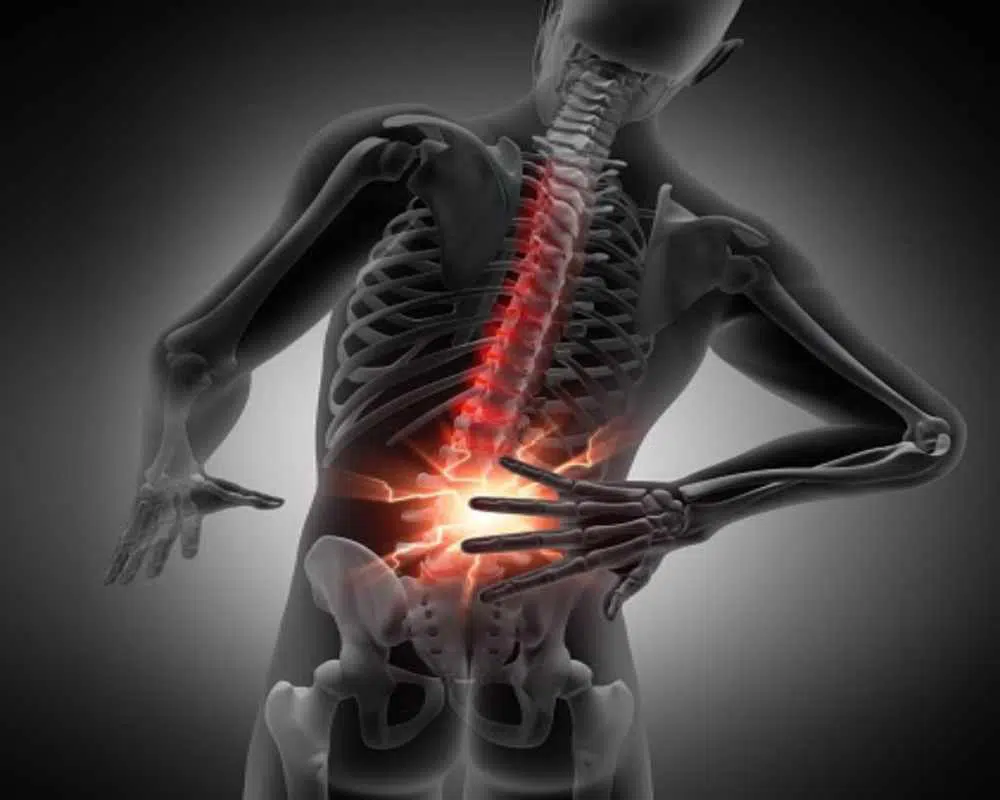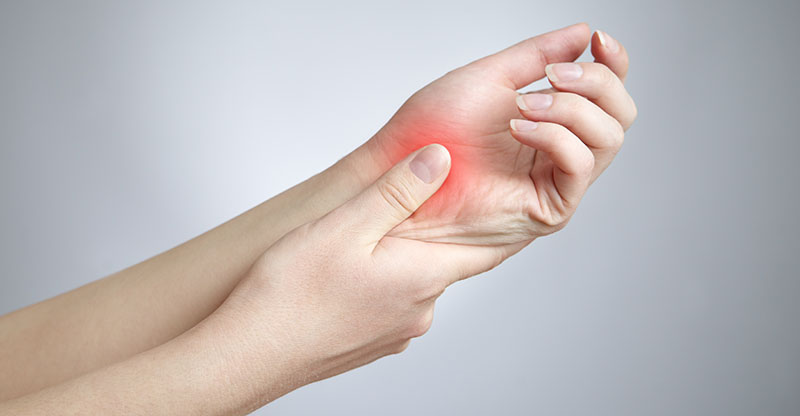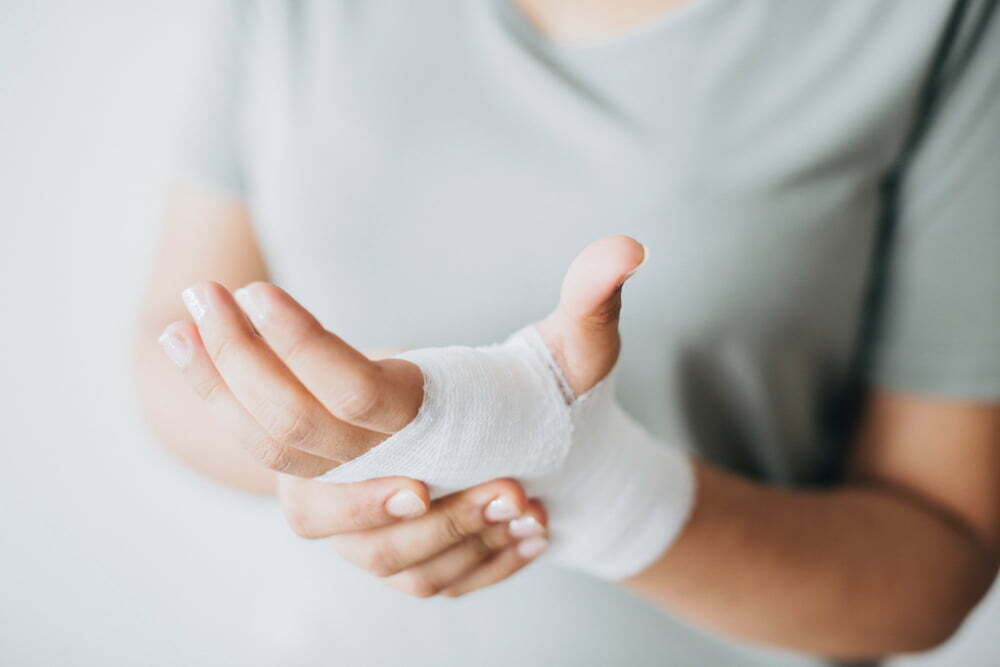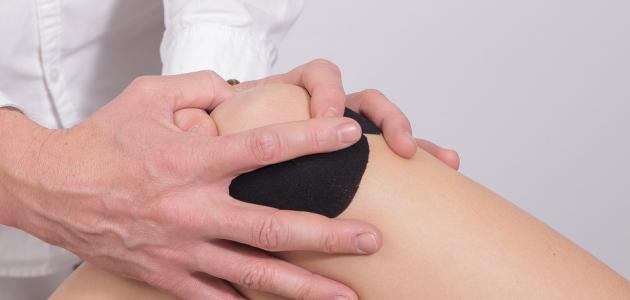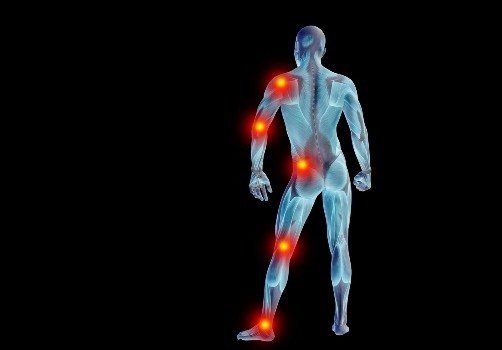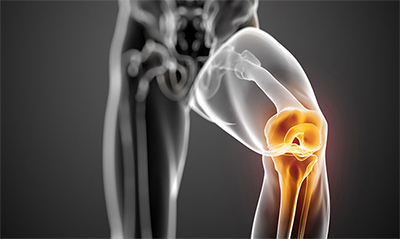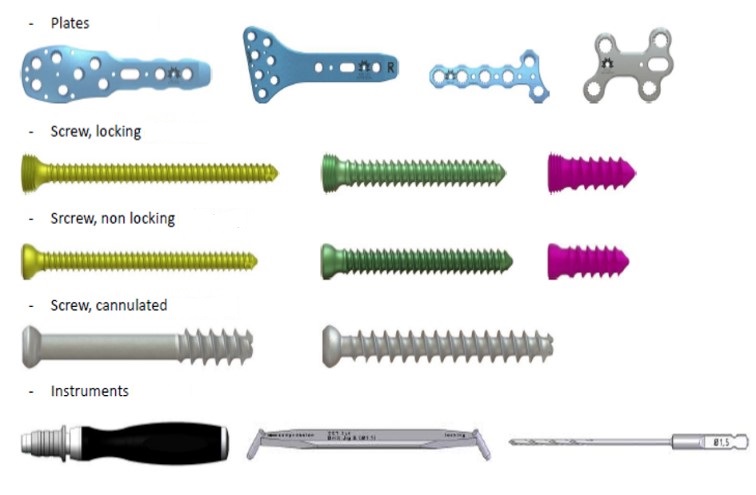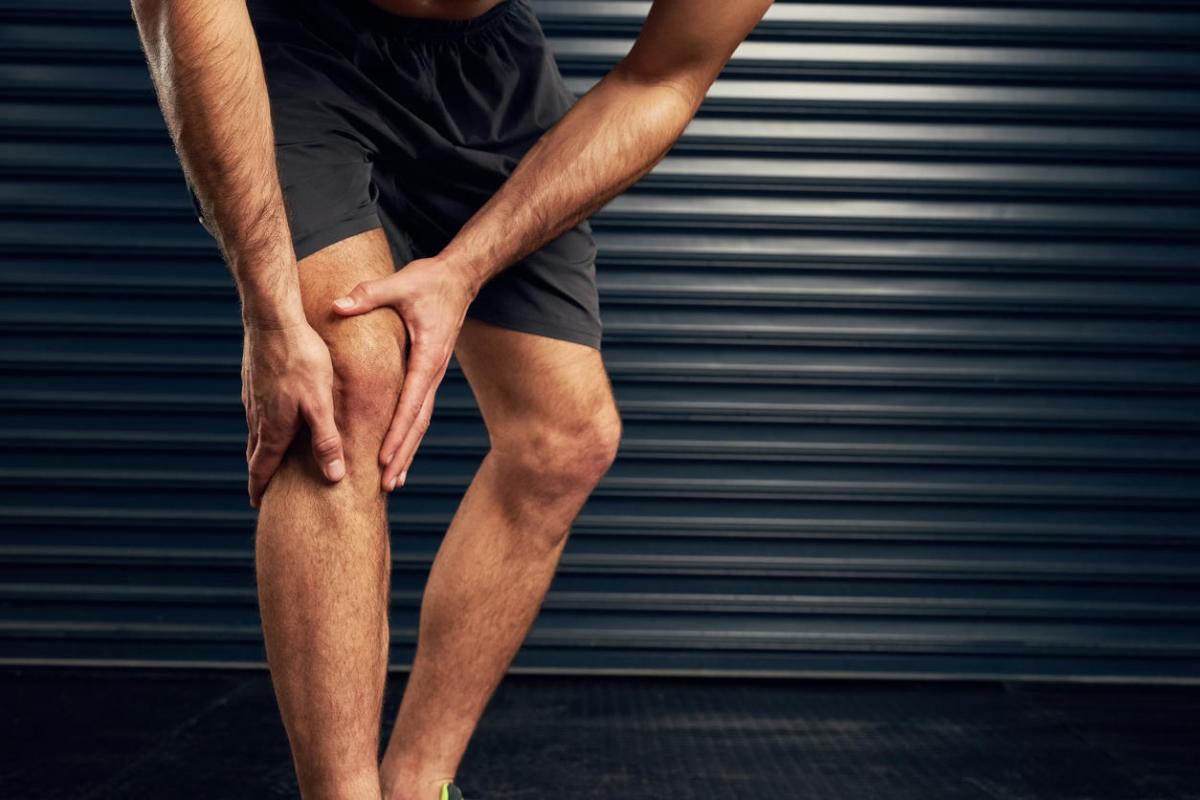?Treatment Methods for Coccyx Pain and When Is It Serious
Treatment for Coccyx Pain Coccyx pain is one of the most frustrating ailments, and patients are searching for the best treatment to help them heal. In this article, we will shed light on the most important information related to the history of coccyx pain, its causes, symptoms, and the various treatment methods to overcome it.
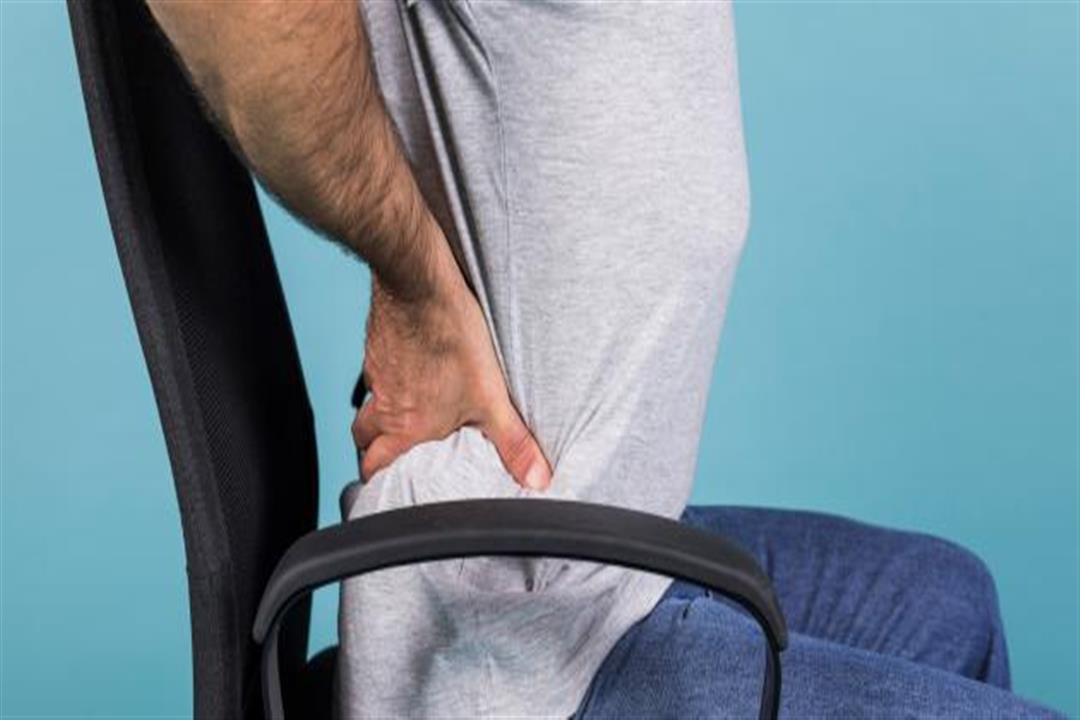
Coccyx Pain Treatment
We will provide you with some of the treatment methods used to overcome coccyx pain, which are as follows:
- Massage: Massage can help reduce swelling and irritation of the coccyx. Massage works by moving the muscles and tissues around the coccyx to relieve tension and improve blood flow. It is recommended to consult an expert to perform the massage sessions.
- Rest: Taking a rest is an important aspect in the treatment of coccyx pain. Avoid sitting on the ground or hard chairs and lie on a soft surface. It may be helpful to use a specially designed cushion to support and relieve pressure on the coccyx.
- Application of warm compresses: Warm compresses are used to relieve pain and irritation in the coccyx area. The heat emitted from the compresses can improve blood flow and soothe the surrounding muscles.
- Use of medications: Medications can be useful in the treatment of moderate to severe coccyx pain. You can consult a doctor to prescribe appropriate pain relievers and non-steroidal anti-inflammatory drugs, such as paracetamol or ibuprofen.
- Medical treatment: In cases of severe and chronic coccyx pain, the doctor may recommend specialized medical treatment. Medical treatment involves the use of local injections to relieve pain and reduce inflammation. These local injections include corticosteroids or anti-inflammatory drugs.
- Lifestyle changes: Coccyx pain can be reduced by changing some daily habits. It is advisable to avoid sitting for long periods and maintain a proper sitting posture. It may be best to sit on a spongy cushion or a doughnut-shaped cushion to relieve pressure on the coccyx.
- Surgery: In some rare cases and when the above-mentioned treatments are not effective, doctors may resort to surgery to treat chronic coccyx pain. The necessity of surgery is assessed based on the diagnosis of the case and the evaluation of the treating physician.
Discover the ultimate solution for coccyx pain with the outstanding services of Dr. Amr Amal.
History of Coccyx Pain
Coccyx pain is a common problem that people suffer from in the lower back. This condition has received little attention throughout history, but doctors and scientists have succeeded over the centuries in exploring the causes of pain and developing effective treatments. In this article, we will take a look at the history of coccyx pain and the advancements that have been made in its treatment as follows:
- History of Discovery:
The history of the discovery of coccyx pain dates back to the early 19th century. At that time, all types of lower back pain were seen as resulting from a problem in the coccyx. Over time, doctors discovered that the pain is caused by irritation and inflammation of the nerves or joints surrounding the coccyx. - Surgical Treatment:
In the early 19th century, surgical treatment for coccyx pain was the most common approach. The coccyx was surgically removed to get rid of the problem and relieve the pain. Although surgery may be effective in some cases, it carried a high risk and a long recovery period. - Advances in Pain Treatment:
Over time, the treatment methods used for coccyx pain have evolved, leading to improved results. Non-surgical treatments have become the first choice for treating this condition. These treatments include spinal manipulation, powerful painkillers, anti-inflammatory ointments, and physical therapy. - Assistive Devices and Medical Products:
Support and medical products are an important complement to the treatment of coccyx pain. Lumbar supports and specially designed sitting cushions contribute to providing support and improving body posture. The coccyx belt can also be used to reduce pressure and soothe the pain. - Prevention and Pain Reduction:
Some preventive factors play an important role in reducing coccyx pain. These include maintaining good body posture, avoiding prolonged sitting, regularly exercising to strengthen the back and abdominal muscles, and following a balanced diet rich in calcium and vitamin D.
For more details regarding lower back coccyx pain, click here.
Causes of Coccyx Pain
Coccyx pain is the pain that occurs in the last vertebra of the spine, specifically between the buttocks at the coccyx or tailbone. This pain can be very painful and annoying for many people, and it can affect their daily quality of life.
The potential causes of coccyx pain are multiple and can vary depending on each case, and among the common causes, the following can be mentioned:
- Injury resulting from falling on the back: A fall on the back can cause an injury to the coccyx area, which can lead to the appearance of coccyx pain symptoms.
- Coccyx inflammation: Inflammation may develop in the coccyx bone as a result of infection or other causes, which can cause pain and swelling in the area around the coccyx.
- Ligament or surrounding muscle tears: Tears in the ligaments or muscles surrounding the coccyx bone can occur due to overexertion or injury, which can cause coccyx pain.
- Excessive pressure on the coccyx area: Pain may occur due to prolonged sitting on hard or uncomfortable surfaces, which can cause excessive pressure on the coccyx area and lead to coccyx pain symptoms.
Get rid of coccyx pain and get ready for an active life with Dr. Amr Amal and his specialized team.
Symptoms of Coccyx Pain
We will review some of the symptoms that can accompany coccyx pain, which include the following:
- Pain:
Pain is the main symptom of coccyx pain, which the patient may describe as severe and acute or persistent and acutely severe. The pain may increase during prolonged sitting, changing positions, or sitting on a hard surface. To learn about the best doctor for pain treatment, read the next article. - Difficulty in mobility:
Patients with coccyx pain may experience difficulty in sitting, standing, and moving, due to the severe pain accompanying them. This can affect their daily activity level and normal life. - Swelling and redness:
The coccyx may become inflamed, and signs of swelling and redness may appear in the surrounding area. These signs include swelling, redness, and increased local heat in the area. - Feeling of tension and tightness:
Some patients may experience a feeling of tightness and tension in the coccyx area, describing it as heaviness or discomfort. This feeling may be painful and increase with body movement. - Pain during sitting:
Patients may experience severe pain when sitting, especially on hard surfaces such as wooden chairs. This can affect their ability to perform daily activities that require prolonged sitting. - Pain during bowel movements:
The pain may increase during the act of bowel movement, as there is friction and pressure on the coccyx area. The patient may also experience difficulty in chewing and swallowing due to the accompanying pain.
It is important to note that coccyx pain may have multiple causes and requires diagnosis and treatment by a specialist. It is recommended to visit a doctor if the pain persists or worsens, or if there are signs such as severe swelling or dark redness in the area.

Clinical Examination of Coccyx Pain
Coccyx pain is classified as a common health problem suffered by many people. To diagnose it and determine the potential cause of the pain, a clinical examination is performed by doctors. The examination usually begins with an evaluation of the pelvis and rectum to ensure that there are no masses or tumors causing the pain. After that, the doctor examines the affected area by applying pressure, and if the coccyx is painful, the diagnosis of coccyx pain is confirmed.
The diagnosis is complemented by imaging, where radiographic images may be taken to ensure that there are no fractures. Evaluation of all body systems may also be done to look for any possible neurological disorders. During the clinical examination, an examination of the coccyx area is added to ensure that there are no other causes of the pain. The clinical examination is an important tool for diagnosing and determining the causes of coccyx pain, and then an appropriate treatment plan is developed based on the results obtained.
Start a new day without coccyx pain with the expert assistance of Dr. Amr Amal.
How to Get Rid of Coccyx Pain at Home?
If you are suffering from coccyx pain, you can take some simple measures at home to relieve the pain and improve comfort. So, we will give you some tips to get rid of coccyx pain at home, which are as follows:
- Sit on comfortable cushions: Use soft and comfortable cushions when sitting to relieve the pressure on the coccyx area. You can also place a cushion between the coccyx and the chair to provide additional support.
- Apply ice or heat: Pain relief methods like applying a cold pack or cold water in a bag for 15-20 minutes can be used. Applying direct heat through a hot towel or warm compresses on the painful area can also be beneficial.
- Perform physical exercises: Exercises to strengthen the back and abdominal muscles can help alleviate coccyx pain. You can perform simple exercises like leg raises or side stretches to strengthen the muscles and improve body posture.
- Improve sitting posture: When sitting, try to maintain a good posture for your back and hips. Widen the front part of the chair to allow the coccyx to be in a comfortable position. Using an adjustable back support can also be helpful to provide the necessary back support.
- Massage: Regular gentle massage of the painful area can be beneficial in relieving pain and improving blood circulation in the area.
- Use a numbing ointment: Applying a numbing ointment, such as those containing natural honey or anti-inflammatory agents, can help relieve pain and reduce irritation in the coccyx area.
How Long Does Coccyx Pain Take to Heal?
The healing time for coccyx pain varies from person to person, depending on several factors, including the cause of the pain and its severity, the type of treatment followed, and the patient’s adherence to medical instructions. Usually, coccyx pain resolves spontaneously within a period of weeks to months.
If the pain does not improve after several weeks, a doctor should be consulted to evaluate the condition and suggest the necessary treatment. The treatment may include taking non-steroidal anti-inflammatory medications to reduce pain and swelling, or resorting to surgical treatment (coccyx removal). The patient must adhere to the treatment instructions and visit the doctor regularly to ensure proper healing of the wound.
How Should a Coccyx Patient Sleep?
Sleeping in the fetal position is considered one of the best positions for coccyx patients. In this position, the knees are bent and brought closer to the chest, which helps straighten the spine and relieve tension in this area. Not only that, but sleeping on the back with a pillow under the knees is also an effective way to relieve coccyx pain, but if you want to learn about the correct sleeping method for patients with disc herniation, click here.
In this position, the patient lies on their back and places a pillow under their head, then extends their legs forward and places another pillow under their knees. This helps reduce the pressure on the coccyx and soothe the pain. In contrast, sleeping on the stomach should be avoided, as it increases the pressure on the coccyx and can worsen the pain. If sleeping on the back is difficult, it is preferable to sleep on the side with a pillow between the knees and gently turning towards the side.
Following these appropriate positions can help patients alleviate coccyx pain and improve their sleep quality, and you can leave coccyx pain behind and enjoy life with effective and safe treatments from Dr. Amr Amal.

When is Coccyx Pain Serious?
If the pain is persistent and unbearable, accompanied by symptoms such as numbness and tingling in the legs, pain in other areas of the body such as the back or neck, this may be a sign of something serious and requires consulting a doctor.
Also, if the pain is accompanied by symptoms such as unexplained weight loss, stomach pain, difficulty urinating or loss of bladder control, or loss of bowel movement, it should be consulted with a doctor immediately.
Generally, it is advised to see a doctor if the pain persists and does not improve on its own, or if the pain impairs the ability to perform daily activities. It is also recommended to consult a doctor if there is a history of injury or previous accidents in the coccyx area.
Best Doctor for Coccyx Pain Treatment in Egypt
Dr. Amr Amal is considered one of the best specialized doctors in treating coccyx pain in Egypt. Dr. Amr Amal obtained his master’s and doctorate degrees in orthopedic and joint surgery from Ain Shams University, which gives him outstanding skills and experience in this field.
Dr. Amr Amal has extensive experience in spinal surgery and uses advanced techniques in treating coccyx pain. He diagnoses and treats various cases that cause coccyx pain, whether due to inflammation, injuries, or deformities in the spinal structures.
According to reports, Dr. Amr is committed to providing specialized and individualized care to each patient, carefully listening to their symptoms and accurately diagnosing the condition. He then provides appropriate treatment options, whether through medical therapy and physiotherapy or through surgery if necessary.
Dr. Amr Amal also focuses on the rehabilitation process and follow-up of patients. He develops a comprehensive treatment plan that includes physiotherapy sessions and teaches patients exercises and techniques to relieve pain and improve mobility. Dr. Amr is committed to monitoring patients’ progress and ensuring the desired results are achieved.

